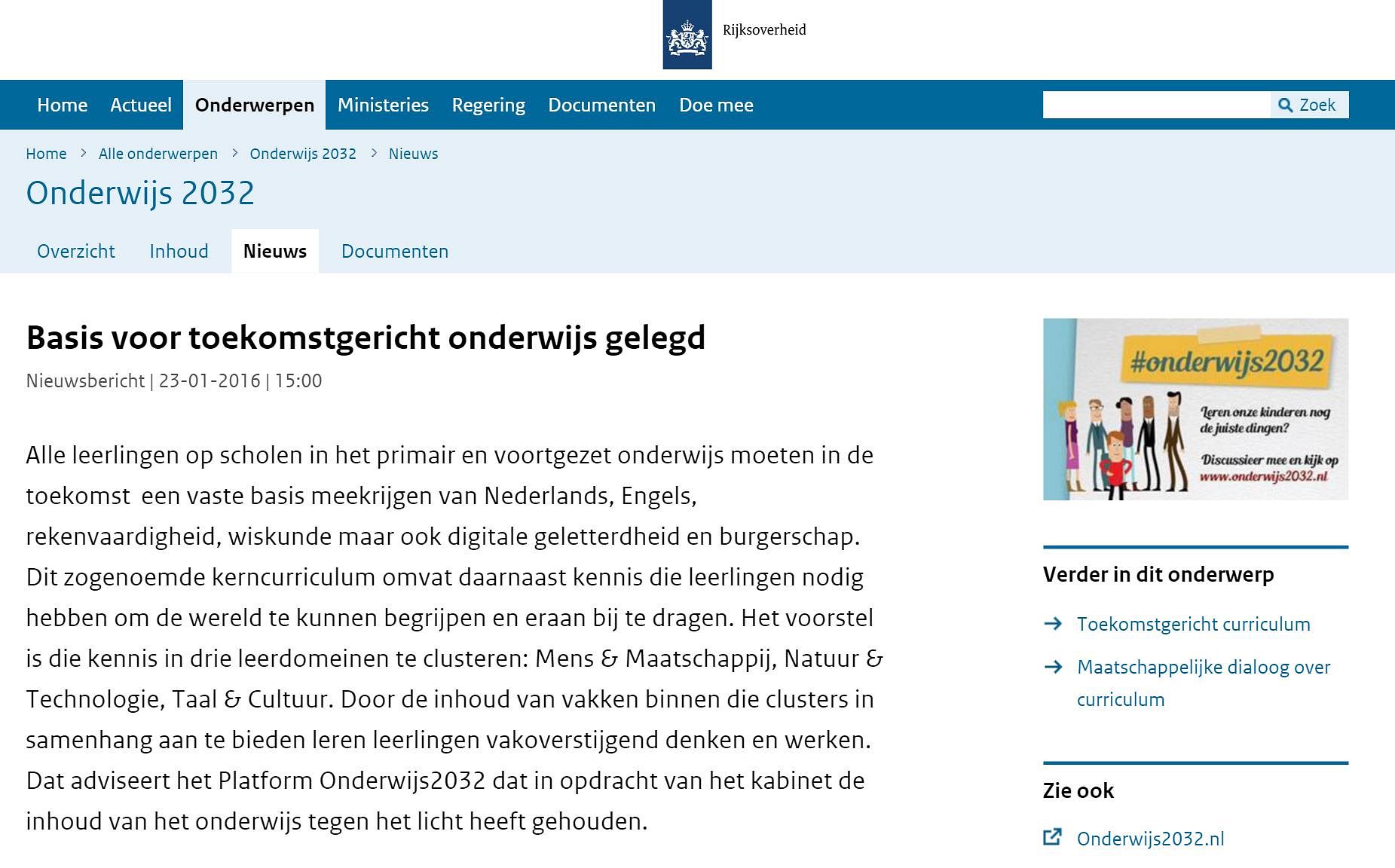Most people would agree that children are the key to the future. They are the future leaders, scientists, teachers and caretakers of the planet. But instead of dictating what they should learn, could it be that involving them in the process to modernize education will result in better education?
It is increasingly important that children are prepared for the future, and to this end the Dutch Ministry of Education has initiated a plan called Onderwijs 2032, or Education 2032. This plan calls for a new and modern curriculum that teaches children the skills they need to know beyond the core curriculum. Some researchers at TU Delft have found that involving children in the process of design not only generates rich contextual insights that inform and inspire designers, but also teaches them so-called 21st century skills that can help prepare them for the future.
Industrial design PhD candidate Fenne van Doorn, as part of her thesis work, involved primary school children in the design process as co-researchers. By teaching children 8 to 12 years old to do certain tasks like interviewing their peers, the result was more authentic input, or enriched data. “When the children see the relevance of the project, they can truly adopt the role of researcher,” Van Doorn said, “which changes their mind-set and enables them to become amplifiers in the contextual study: helping participants to express themselves and enhancing data by adding context and sharing existing knowledge. Assistant Professor Mathieu Gielen (Industrial Design Engineering), who collaborated on this project, said that in the end the children had gained skills that are important for their personal development like cooperation and empathy.
Including children as part of the design process for tangible products can also benefit researchers. One method developed at the ID-StudioLab at TU Delft some years ago is called Contextmapping, a generative technique. Using this procedure involves designers and end users working together to understand the context of the way a product will be used. “People are often not able to express themselves, so this is a set of tools that allows them to express themselves and dig deeper,” said Gielen, whose work focuses on design for children’s play including toys, playgrounds and games. He said you can look at all sorts of research and data, but that may give a skewed view of things. However, being close to children, empathizing with them and looking through their eyes can provide understanding and inspiration for design directions.



Comments are closed.